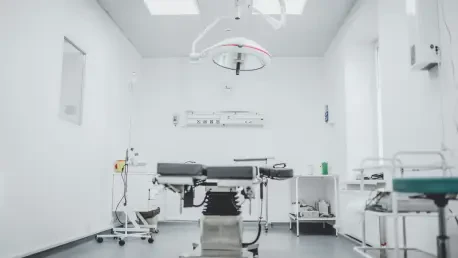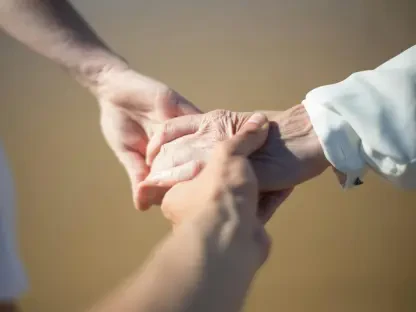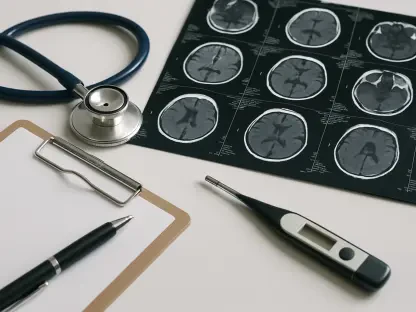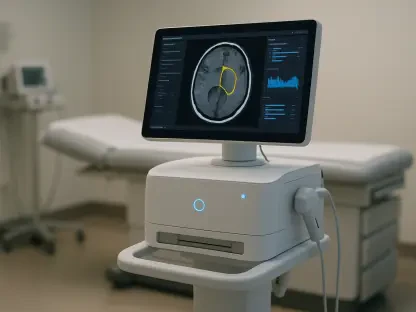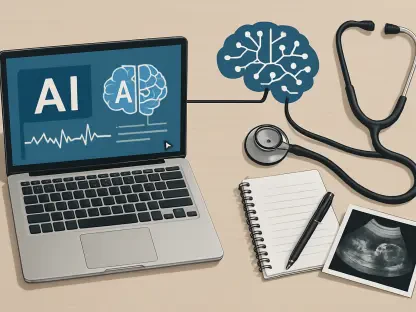The integration of art into healthcare settings has emerged as a transformative approach that is gaining momentum, particularly in Indigenous communities. In the town of Kalgoorlie, Australia, a groundbreaking initiative is reshaping the medical experience for Indigenous patients by employing art to foster an environment that promotes healing, comfort, and cultural inclusivity. This innovation rests on the idea that the sterile and often alienating atmosphere of clinical spaces can be softened by embodying elements of cultural significance, providing patients with a sense of security and connection during medical procedures.
Cultural Safety in Medical Spaces
Aiming for a Welcoming Environment
One of the primary goals of incorporating Indigenous art into medical imaging facilities is to establish a welcoming environment that diminishes the common apprehensions related to clinical settings. For many Indigenous individuals, these spaces can be intimidating due to their impersonal nature. Carol Thompson, an artist from the Wongai and Mirning communities, has contributed her culturally rich artwork to a CT scanner at a local imaging business owned by Indigenous stakeholders. Her artwork features local bush banana vines and abstract depictions of cells, symbolizing healing, growth, and cultural identity.
This fusion of art and functionality serves to alleviate the anxiety associated with medical diagnostics. Moreover, it embodies the values of cultural safety, a concept that underscores the importance of ensuring healthcare practices are respectful and inclusive of cultural identities. By transforming the appearance and atmosphere of equipment like CT scanners, the initiative makes strides toward crafting a space linked with healing rather than illness, a shift that is vital in enhancing the patient experience.
Regional Reach and Sustainability
The significance of this initiative extends beyond cultural representation, as it positions Kalgoorlie at the forefront of regional healthcare innovation. The facility equipped with Thompson’s art eliminates the necessity for patients to travel approximately 600 kilometers to Perth for specialized imaging services, such as coronary artery scans. This local access to advanced medical technology is a substantial advancement, particularly for a community often underserved in healthcare provisions. Furthermore, the imaging machine operates sustainably, running on a battery, aligning with broader sustainability objectives and reducing environmental impact.
Such developments showcase an innovative blend of cultural and technological advancement, reflecting a dedicated effort to improve regional healthcare infrastructure. By keeping healthcare services local, the initiative enhances accessibility and convenience for patients, a critical aspect of effective healthcare delivery in remote and regional areas.
Community Connection and Technological Excellence
A Collaborative Effort
The collaboration between Des Headland, a former Australian Football League player, and Peter Tually, a nuclear medicine expert, underlines a shared ambition to provide top-tier medical imaging services within the local community while simultaneously fostering cultural connectivity. Their joint effort signifies a broader trend that emphasizes integrating cultural elements within healthcare systems to enrich the patient experience. This integration involves not only improving access to healthcare but also creating spaces where cultural expression and health services intersect in meaningful ways.
Such partnerships are instrumental in realizing healthcare environments that not only serve medical needs but also respect and elevate the cultural narrative. They embody an approach that sees the incorporation of art and culture in medical settings as essential to holistic health service delivery. This project serves as a pivotal example of how collaboration can lead to significant improvements in patient care and community well-being.
Milestone in Healthcare Innovation
This initiative marks a notable milestone in healthcare innovation, demonstrating how cultural inclusivity and accessibility can be effectively integrated into medical practices. The use of Indigenous art in healthcare facilities sets a noteworthy precedent for future projects, highlighting the benefits of cultural representation in enhancing the health service landscape. It emphasizes how art can play a vital role in crafting spaces that nurture and reassure patients, transforming the traditional clinical environment into one that celebrates cultural values and supports holistic healing.
The success of this endeavor is paving the way for similar innovations, encouraging healthcare providers to consider the cultural dynamics of their patient populations. As the healthcare landscape evolves, initiatives like this one underscore the importance of thoughtful design and cultural inclusivity, with implications for how medical services are delivered and perceived across diverse communities.
The Future of Culturally Inclusive Healthcare
The introduction of art into healthcare settings is becoming a powerful trend, notably impacting Indigenous communities. In Kalgoorlie, Australia, a pioneering initiative is revolutionizing healthcare experiences for Indigenous patients by incorporating art to create environments conducive to healing, comfort, and cultural acceptance. This approach pivots on the concept that the typically sterile and often impersonal nature of medical spaces can be countered by integrating elements reflecting cultural importance, offering patients a reassuring atmosphere and a deep sense of belonging during treatments. By weaving artistic elements into healthcare environments, this effort aims to elevate patients’ comfort and emotional well-being while honoring and respecting their cultural identities. This initiative reflects broader efforts globally to humanize healthcare settings, appreciating the profound impact art can have in fostering connection, alleviating stress, and promoting overall health, especially in communities where cultural ties are vital to well-being.
